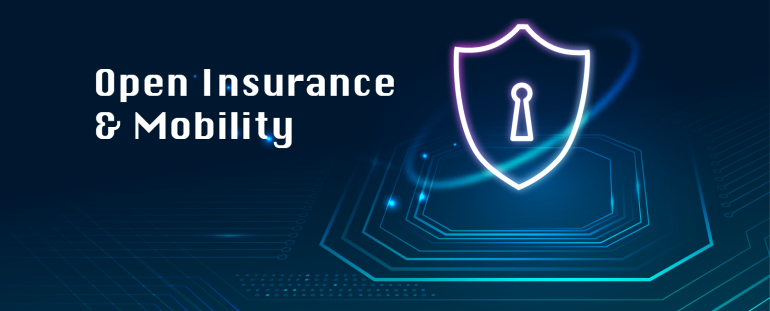The debate on Open Insurance is on the agenda and several parties are calling for interventions by the legislator. In this respect we can mention the public consultation of EIOPA (European Authority for Insurance and Occupational Pensions) closed on April 29, 2021, focused on accessing and sharing data relating to insurance.
As known, the Authority inter alia examined whether and to what extent the insurance value chains should be “open” to sharing data even with external parties.We can also remind the EIOPA Discussion paper on blockchain and smart contracts in the insurance field.
In the context briefly outlined, a series of questions arise, starting with what is open insurance and what are its connections with the mobility of the future, to which we try to give a brief answer.
By Open insurance – although there is no uniform definition – EIOPA means the access and sharing of personal and non-personal data relating to insurance, usually via API (Application Programming Interfaces).
What are APIs? In very simple and direct words, they are software that make the dialogue between different applications, even from third parties, simpler and more rational. Let’s just think of the potential of such tools which, thanks to “insurtech” solutions, can make insurance companies and distributors communicate with each other on the one hand and the digital platforms with which we interact daily on the other (e-commerce, travel, sport, free time, etc…).
Coming to the relationship between open insurance and future mobility, the same are linked, among other things, to the ever faster development of artificial intelligence, autonomous driving and alternative mobility systems. For example, insurers will need to adapt to the availability of real-time data and arrange / make available customized behavioral rates (e.g., pay-as-you-go) and contextual offers (e.g. on-demand insurance). Premiums, then, will gradually adapt to the more information that will be collected through the service management platforms.
Distributors will have to focus more on B2B models, also taking note of the direct collaboration of insurers with vehicle manufacturers. Liability coverage will be incorporated into other products and services, or distributed through new channels, while self-insurance may emerge as the dominant model for large fleets.
Surely the development of these models will have great impacts on the insurance industry and traditional distribution, which will have to take into account in time the technological revolution we are experiencing, in order to be able – as many are doing – to ride the wave and not passively suffer.
For more information contact Andrea Maura, Partner, Legal Grounds ALIANT Italy at amaura@aliantlaw.com.

